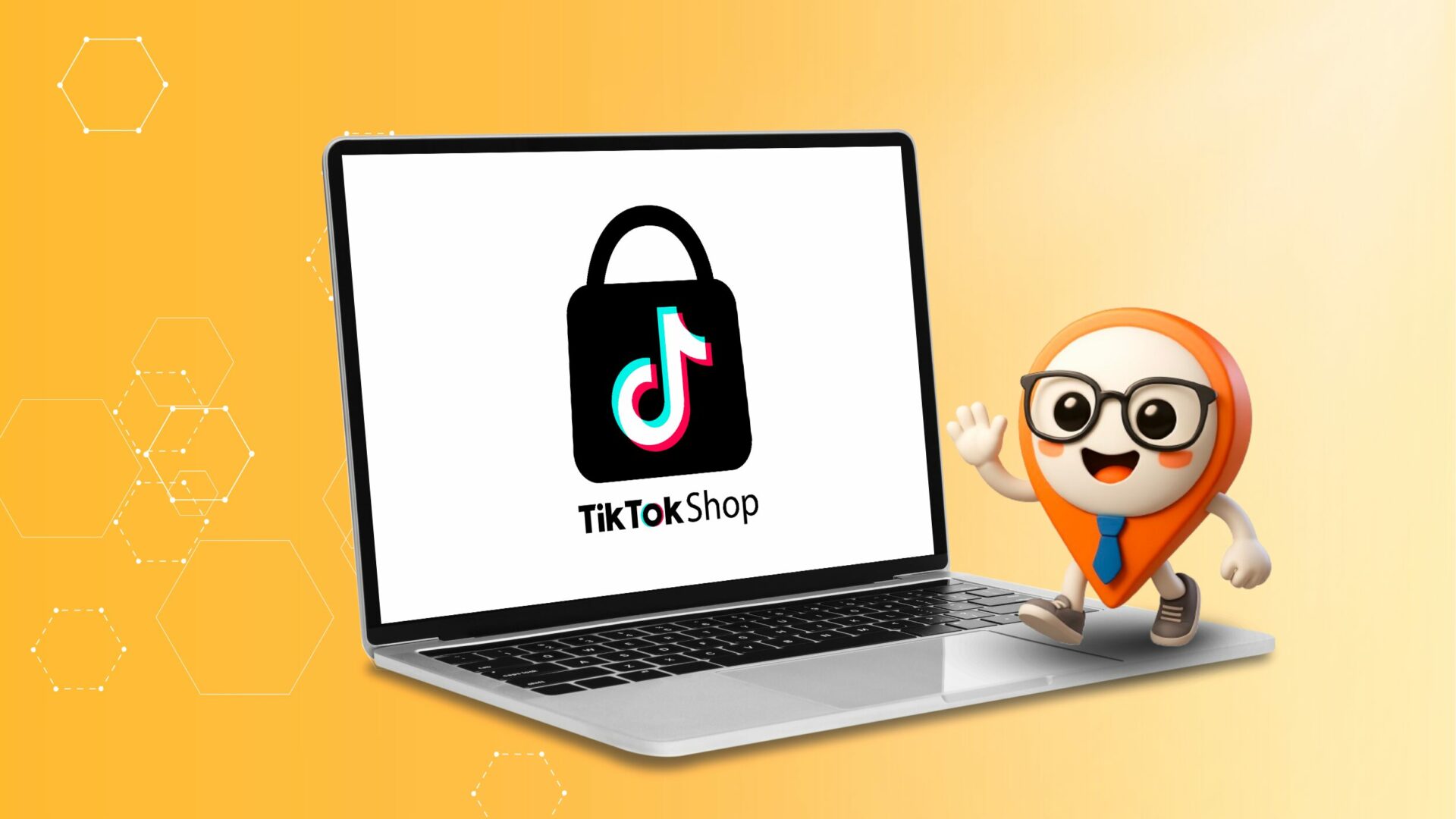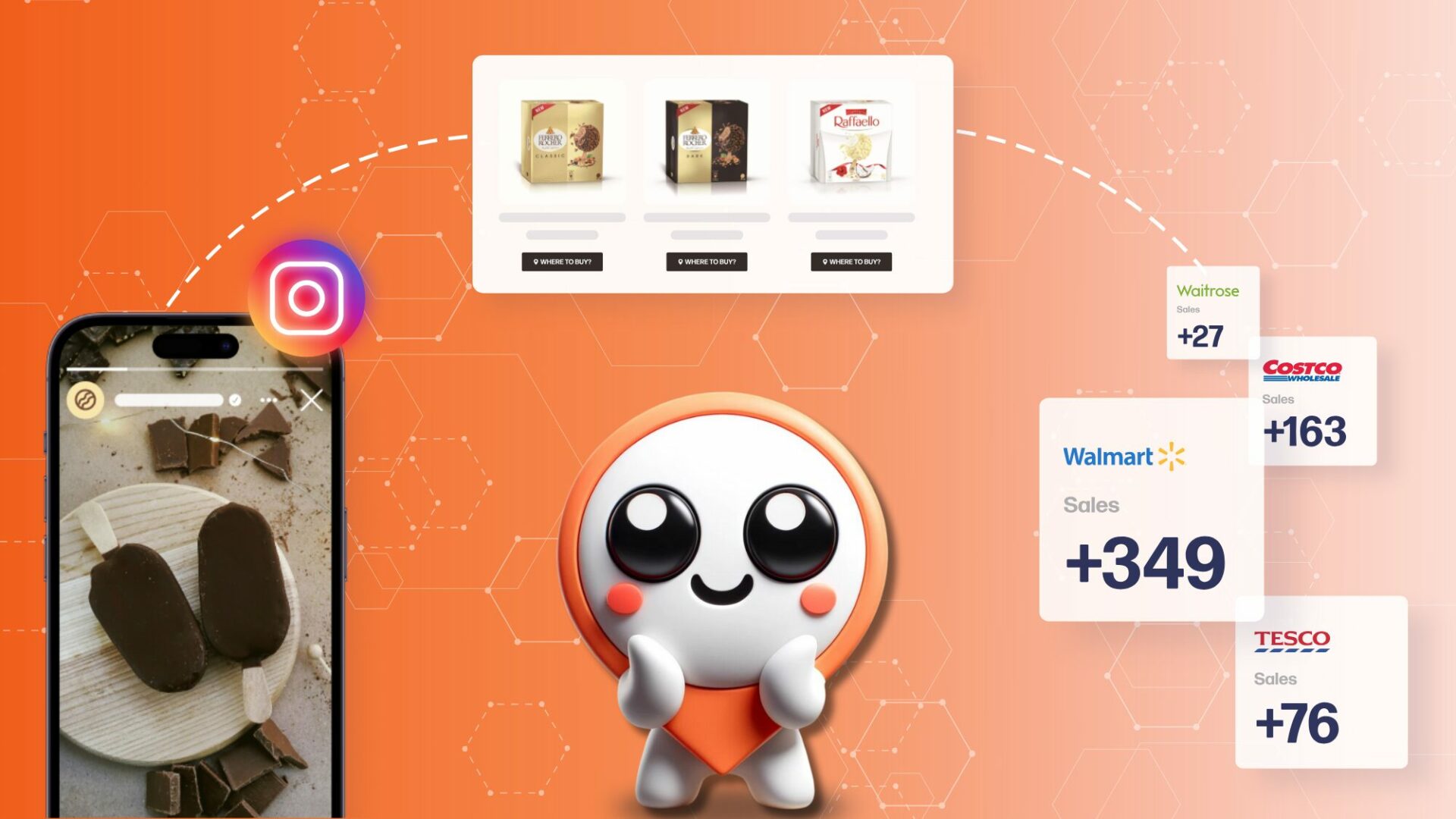In today’s digital age, it’s important for businesses to have a strong online presence and to offer multiple distribution channels to their customers in order to stay competitive and meet the needs of a diverse customer base.
The Benefits of Proposing Multiple Distribution Channels to Customers
- Convenience for customers: By offering multiple distribution channels, businesses can make it easier for customers to purchase their products or services in a way that is most convenient for them. This can include options for online or in-person purchases, as well as delivery or pickup options.
- Increased sales and revenue: By offering more options for customers to purchase, businesses can increase their sales and revenue. Customers are more likely to make a purchase if they have a preferred method of purchasing, such as online or in-store.
- Improved customer loyalty and satisfaction: Offering multiple distribution channels can also improve customer loyalty and satisfaction by making it easier for them to access the products or services they need. This can lead to repeat business and positive word-of-mouth recommendations.
- Ability to reach a wider audience: By offering multiple distribution channels, businesses can also reach a wider audience, as different customers may prefer different purchasing methods. For example, some customers may prefer to shop online, while others may prefer in-store shopping. By offering both options, businesses can appeal to a wider customer base.
It’s important for businesses to carefully consider the distribution channels they offer and to regularly review and update them based on customer feedback and data analysis. By doing so, they can ensure they are meeting the needs of their customers and driving sales and customer loyalty.
As a business, it’s essential to have a solid understanding of distribution channels and how they can benefit your company. A distribution channel refers to the means by which a product or service reaches the end-consumer. These channels can include online marketplaces, direct-to-consumer sales through a company’s website, wholesale to retailers, and physical storefronts or brick-and-mortar locations. Choosing the right distribution channels can help you reach a wider audience, increase sales and revenue, and improve customer loyalty and satisfaction.
One of the primary benefits of proposing multiple distribution channels to customers is convenience. Customers value the ability to choose how they want to purchase a product or service, and offering multiple options allows them to select the one that best fits their needs. For example, some customers may prefer to purchase online through a marketplace, while others may prefer to visit a physical store. By offering a range of distribution channels, you can cater to the preferences of different customers and increase the likelihood of making a sale.
In addition to convenience, offering multiple distribution channels can also lead to increased sales and revenue. By expanding the number of outlets where customers can purchase your products, you have the potential to reach a larger audience and make more sales. For example, if you only sell through your own website, you may be limiting your potential customer base to those who are specifically seeking out your brand. However, if you also sell through popular online marketplaces like Amazon or eBay, you have the opportunity to reach a wider audience of shoppers who may not have found your product otherwise.
Improved customer loyalty and satisfaction is another benefit of proposing multiple distribution channels. When customers feel that they have a variety of options for purchasing a product or service, they are more likely to feel valued and satisfied with their experience. This can lead to repeat business and positive word-of-mouth promotion, which can be invaluable for any company.
Finally, offering multiple distribution channels can help businesses reach a wider audience. For example, if you only sell through physical storefronts, you may be limited to customers within a certain geographic area. However, by also selling online through a website or marketplace, you can expand your reach to customers anywhere with an internet connection. This can be especially beneficial for businesses that are just starting out and looking to establish a customer base.
When it comes to distributing products or services, businesses have a variety of options to choose from. These options, known as distribution channels, are the pathways through which a product or service travels from the producer to the consumer. Choosing the right distribution channel is crucial for businesses as it can greatly impact the success and profitability of a product or service.
Examples of Distribution Channels
There are several types of distribution channels that businesses can utilize, including:
- Online marketplaces: These are digital platforms that allow businesses to sell their products to consumers. Examples include Amazon, eBay, and Etsy. Online marketplaces offer a convenient way for consumers to shop and for businesses to reach a wider audience.
- Direct-to-consumer sales: This type of distribution channel involves selling products directly to consumers through a company’s own website (via their product page for example) or e-commerce platform. This allows businesses to have complete control over the customer experience and to capture the entire sale price.
- Wholesale to retailers: In this distribution channel, businesses sell their products to retailers, who in turn sell the products to consumers. This allows businesses to reach a larger audience, as retailers often have a wider reach and established customer base. However, the business must be willing to give up a portion of the sale price to the retailer.
- Physical storefronts or brick-and-mortar locations: This type of distribution channel involves selling products through physical retail stores or other brick-and-mortar locations. This allows businesses to establish a physical presence and to interact with customers in person. However, operating a physical storefront can be costly and require additional resources and manpower.
It’s important to note that businesses don’t have to limit themselves to just one distribution channel. In fact, it can be beneficial to utilize multiple distribution channels in order to reach a wider audience and meet the needs of different customers. For example, a business could sell their products through both online marketplaces and physical storefronts, or through both direct-to-consumer sales and wholesale to retailers. The key is to carefully evaluate the pros and cons of each distribution channel and determine which ones align with the business’s goals and target market.
Best Practices – Distribution Channels
As a business, it is important to have a clear and effective strategy for proposing distribution channels to your customers. This not only helps to increase sales and revenue, but also improves the overall customer experience and loyalty. Here are some best practices to consider when proposing distribution channels to your customers on your website:
1. Clearly display and explain available distribution channels
Customers should be able to easily see and understand the different distribution channels available to them. This includes not only the different options, but also any associated fees, shipping times, and other important details. It is also a good idea to include a comparison of the different options so that customers can make an informed decision.
2. Make it easy for customers to choose and access their preferred distribution channel
The process of choosing a distribution channel should be seamless and intuitive for customers. This includes providing clear and prominent calls to action, as well as making the checkout process as smooth as possible.
3. Consider offering incentives or discounts for using certain distribution channels
Incentives and discounts can be a great way to encourage customers to choose a particular distribution channel. This could be something as simple as offering free shipping for orders placed through a certain channel, or providing a discount code for customers who choose to pick up their order in-store.
4. Regularly review and update distribution channel options based on customer feedback and data analysis
It is important to regularly assess the effectiveness of your distribution channel strategy and make any necessary adjustments. This can be done through customer feedback and data analysis, such as analyzing sales data and conversion rates for each channel. By constantly seeking to improve the customer experience and optimize sales, you can ensure that your distribution channels are meeting the needs of your customers.
Incorporating these best practices into your distribution channel strategy can help to increase sales, improve customer loyalty, and enhance the overall customer experience on your website. By offering a range of options and making it easy for customers to choose the channel that best meets their needs, you can set your business up for success in the online marketplace.
Wrapping up
Proposing multiple distribution channels to customers is an important strategy for businesses to consider. By offering a range of options for customers to purchase products, businesses can increase convenience, drive sales and revenue, improve customer loyalty and satisfaction, and reach a wider audience. Some examples of distribution channels include online marketplaces, direct-to-consumer sales, wholesale partnerships with retailers, and physical storefronts. To effectively propose these channels to customers, businesses should clearly display and explain their options on their website, make it easy for customers to access their preferred channel, and consider offering incentives or discounts. It is also important to regularly review and update distribution channels based on customer feedback and data analysis.
There are many real-world examples of businesses that have successfully implemented a multi-channel approach to distribution. Companies like Yooji and Casper have diversified their income streams and increased their reach by offering a variety of channels for customers to purchase their products. By continuously seeking out and proposing new distribution channels, businesses can stay competitive in an ever-evolving marketplace. The role of distribution channels in driving sales and customer loyalty should not be overlooked, and businesses should regularly evaluate and adjust their channels to best meet the needs of their customers.
Always make sure to:
- Clearly display and explain available distribution channels on the website
- Make it easy for customers to choose and access their preferred distribution channel
- Consider offering incentives or discounts for using certain distribution channels
- Regularly review and update distribution channel options based on customer feedback and data analysis
Want to see how our solution could help you multiply your potential distribution channels?








